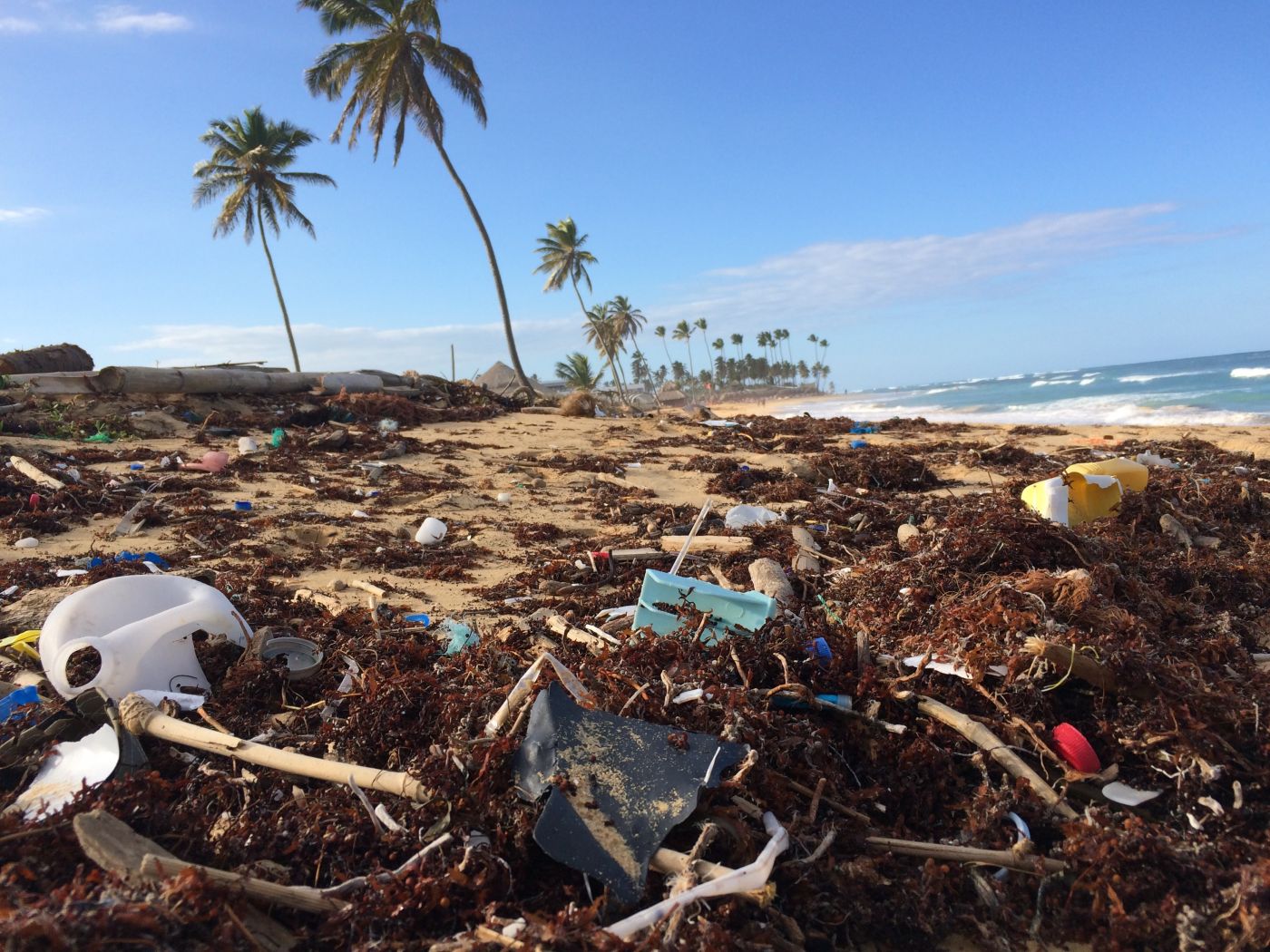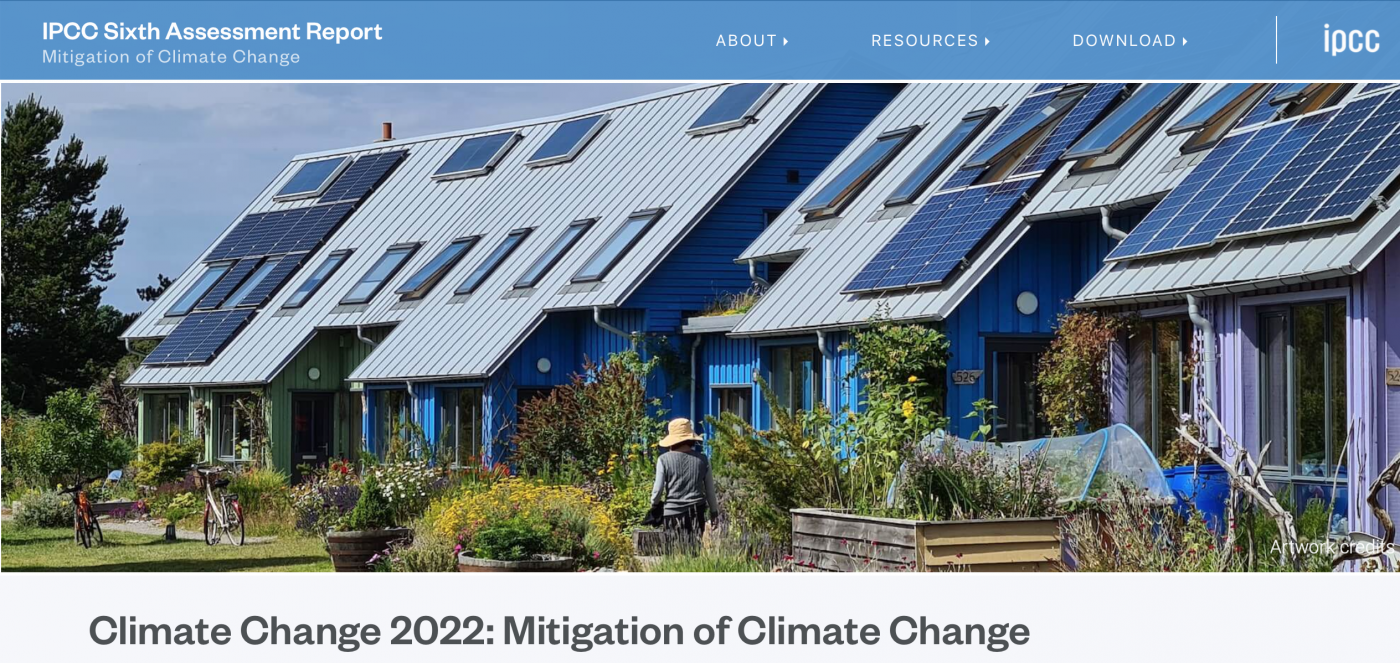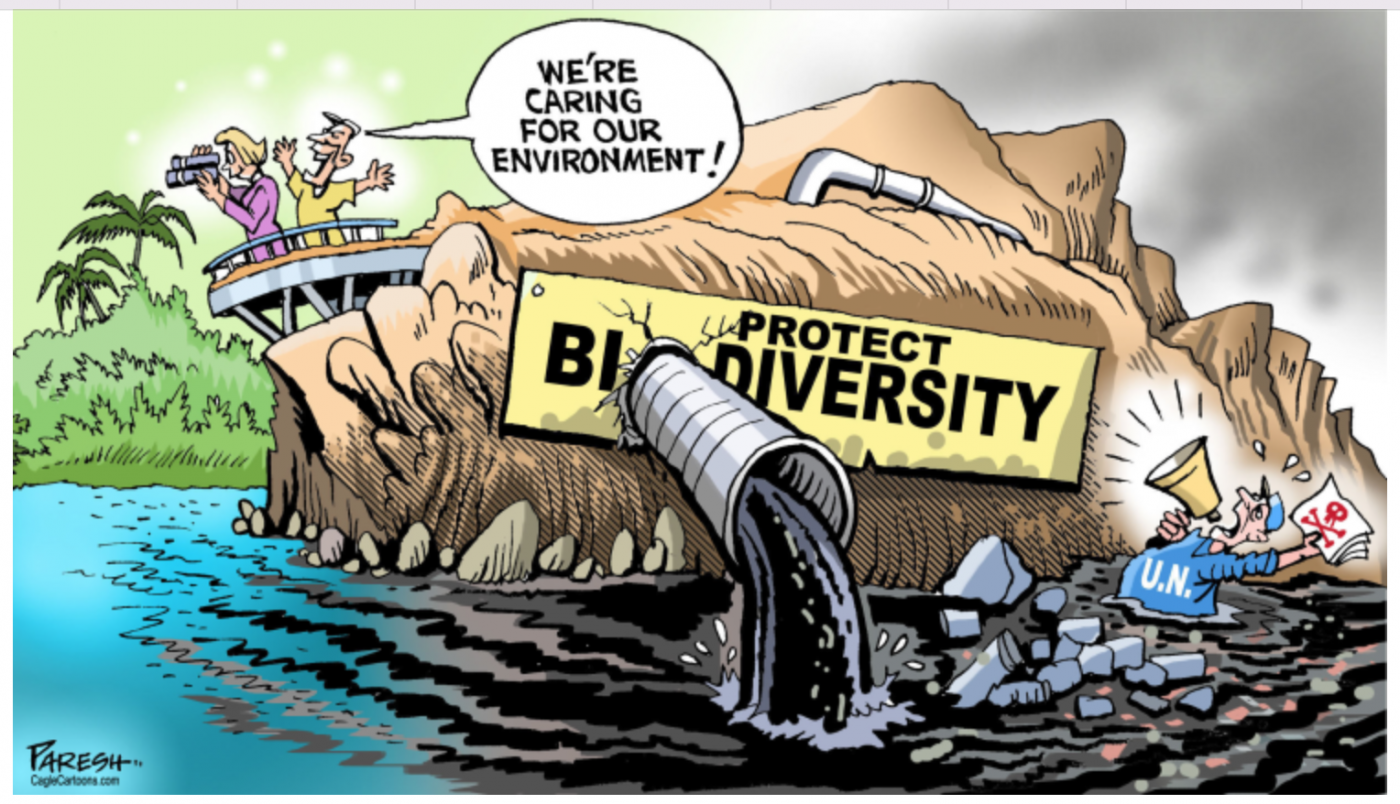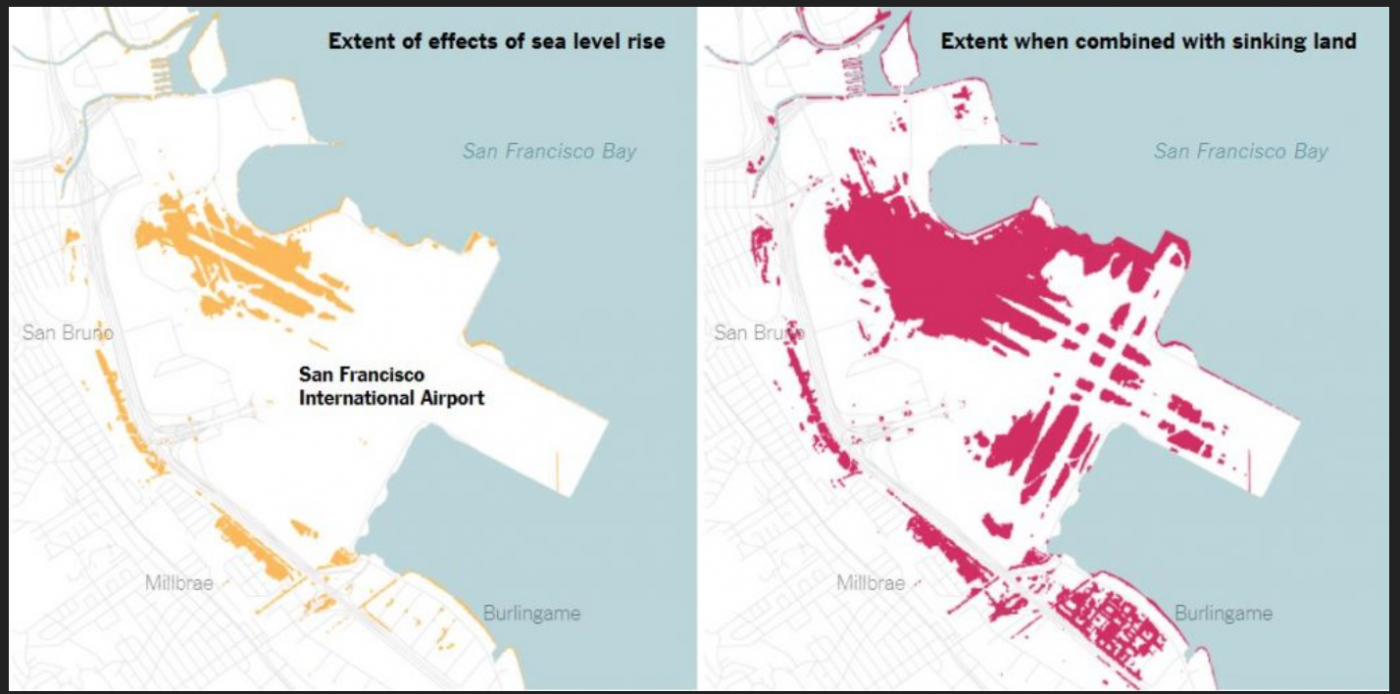Plastics: The Problem and Progress by Kathy Battat
Author: Sue C. | Category: Environment | Date: 07-21-2022

Plastics Manufacturing and Fossil Fuels
The U.S. plastic industry is responsible for over 232 million tons of C02e gas emissions and is on track to exceed emissions of coal-fired power in this country by 2030, according to a 2022 report by Beyond Plastics. The plastics industry would like us to believe in the recyclability of plastics, but less than 9% of plastics were actually recycled, or more accurately “downcycled,” in the U.S. in 2021. This isprimarily due to the challenge of thousands of different types of plastics that cannot be recycled together and the fact that recycling is uneconomical compared to the cost of virgin plastic. What’s more, it’s estimated that roughly 50% of plastics are discarded after a single use. “The plastics industry has waged a campaign to perpetuate the myth that [plastics] are recyclable,” says Judith Enck, a former EPA administrator and president of Beyond Plastics.
Damage from Plastics
What happens to plastic that is not recycled? Every year the U.S. burns or buries 32 million tons of plastic, disproportionately affecting frontline communities. Currently about ten million tons of plastics end up in the ocean each year, a number expected to triple by 2040. The amount of plastics that have accumulated in the oceans is unknown but is estimated to be about 150 million metric tons in 2015 and is expected to reach roughly 600 million metric tons by 2040, according to a groundbreaking research project by the Pew Charitable Trusts and SYSTEMIQ.
Plastics in our environment and oceans break down into smaller and smaller pieces and according to United Nations report, roughly 800 species worldwide are affected by marine debris, mostly comprised of plastics. Microplastic particles are so pervasive in our food and drinking water that the average person ingests a credit card’s worth of plastics every week, with the health effects not fully understood.
California Legislative Actions
The plastics problem is starting to gain more traction in California and with added urgency following the recent Supreme Court decision limiting the power of the E.P.A. to protect the environment. On the same day the Court released their decision, Governor Newsom signed into law a sweeping plastic-reduction measure, Senate Bill 54. The new law, negotiated by environmentalists, the plastics industry and lawmakers (with the agreement that a stronger ballot measure that qualified for the 2022 election would be withdrawn) would require all single-use packaging and foodware in the state be recyclable or compostable by 2032. It requires 30% of plastic packaging be recycled by January 1, 2028, 40% by 2030 and 65% by 2032. Plastic industry producers will pay $5 billion over ten years starting in 2027, towards environmental mitigation and to address harms to disadvantaged, low-income, and rural communities.
While SB 54 is the nation’s toughest law on the books for the reduction of plastics, it has some flaws. It does not outlaw Styrofoam. There is also concern that although Styrofoam is not truly recyclable the industry could utilize the practice they’ve termed chemical recycling a process in which plastic waste is broken down using high heat and chemicals to create low-quality fossil fuel. The author of the bill, state Senator Ben Allen of Santa Monica, plans to develop a cleanup bill to address the omission of a stated ban on forms of recycling that “involve combustion and incineration” that produce fuel or hazardous waste.
Actions banning plastics occur at the local level too, so we are not just dependent on state-level actions. Municipalities such as San Francisco and other cities have been leaders in enacting plastic reduction ordinances over the past decade to reduce plastic bags and other single-use plastics such as straws, cups and stirrers. Local laws have often been more stringent than state laws . Furthermore, local ordinances help drive public support and ultimately legislative action on a state-wide basis.
Also of note is the investigation being conducted by California Attorney General, Rob Bonta into the oil and gas industry’s role in climate change and the plastics crisis. Judith Enck from Beyond Plastics called the investigation “very significant” because it has “the potential to finally hold plastic producers accountable for the immense environmental damage caused by plastics.” It will also “address the ongoing deception of claiming that plastics are recyclable when, in fact, less than 10 percent are actually recycled,” she said.
Additional Resources:
The New Coal: Plastics and Climate Change, Beyond Plastics https://www.beyondplastics.org/plastics-and-climate
Plastic trash flowing into the sea will nearly triple by 2040 without drastic action, National Geographic https://api.nationalgeographic.com/distribution/public/amp/science/article/plastic-trash-in-seas-will-nearly-triple-by-2040-if-nothing-done
New UN report finds marine debris harming more than 800 species, costing countries missions, UN News https://news.un.org/en/story/2016/12/547032-new-un-report-finds-marine-debris-harming-more-800-species-costing-countries
Plastic Recycling Doesn’t Work and Will Never Work, The Atlantic https://www.theatlantic.com/ideas/archive/2022/05/single-use-plastic-chemical-recycling-disposal/661141/
California lawmakers pass major plastic-reduction measure after years of thwarted attempts, San Francisco Chronicle https://www.sfchronicle.com/politics/article/California-lawmakers-pass-major-plastic-reduction-17277449.php
SB-54 Solid waste: reporting, packaging, and plastic food service ware – text of bill https://leginfo.legislature.ca.gov/faces/billTextClient.xhtml?bill_id=202120220SB54
San Francisco ordinance: Single-Use Food Ware Plastics, and Litter Reduction https://sfenvironment.org/reduceplastic#:~:text=As%20of%20July%2C%202019%2C%20the,items%20like%20straws%20and%20cups
Kathy Battat, 7/1/22

About: Sue C.
Hi All: Like most people in the Bay Area, I'm sheltering at home. I'm trying to use this opportunity to catch up on projects that are on my back burner and trying not to feel too anxious about the worst case scenarios that are circulating.
SHARE THIS BLOG
Comment:
Find Us
Blog Categories
New Blogs
Thank god for the United Nations
Category: Environment
How would you like to live next to a Wuhan lab.
Category: Environment
How to do nothing for millions of dollars
Category: Environment





